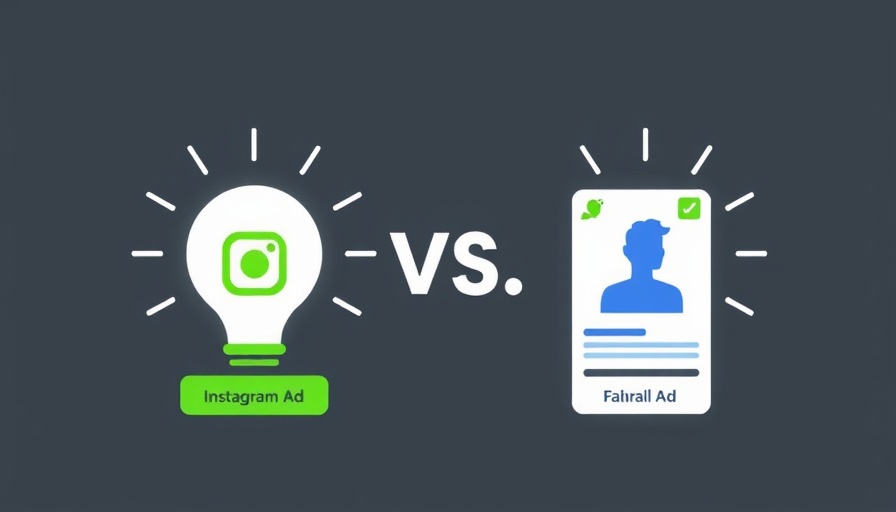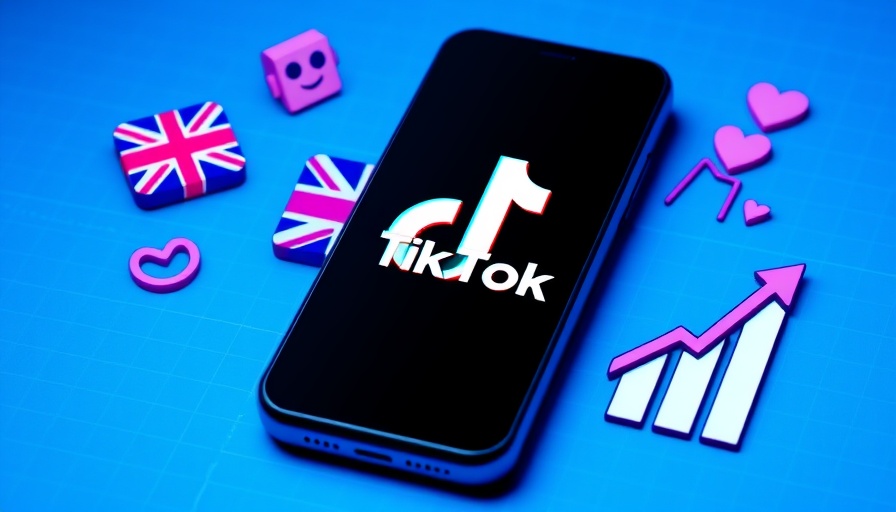
Instagram vs. Facebook Ads: A Comparative Analysis for 2025
As we step into 2025, the digital marketing landscape continues to evolve, pushing brands to adapt their strategies to remain competitive. Among the myriad social media platforms, Instagram and Facebook stand out due to their vast user bases and advanced advertising features. But which platform truly reigns supreme in terms of ad performance? Delving into current trends, user engagement levels, and innovative ad features will illuminate the paths for marketers seeking maximum return on investment (ROI) from their advertising budgets.
Understanding the Engagement Metrics
Engagement is the lifeblood of social media advertising, shaping the effectiveness of campaigns on platforms such as Instagram and Facebook. As of 2025, Instagram continues to outperform Facebook in user interaction metrics, boasting higher engagement rates. A report shows that Instagram posts typically generate an average engagement rate of 1.22% compared to Facebook's 0.08% as it struggles with the saturation of content. This difference indicates that brands targeting a visually driven audience may find more success on Instagram. However, Facebook's robust ad targeting capabilities and extensive demographic data should not be overlooked, as they allow for precision in reaching niche markets.
Targeting and Customization Capabilities
Facebook's advanced ad algorithm offers in-depth targeting options based on user behaviors, interests, and demographics. It allows brands to create highly customized ads that resonate with specific groups. In contrast, Instagram, which is bolstered by its Instagram Shops feature, caters effectively to e-commerce brands by integrating seamless shopping experiences within the platform. As e-commerce continues to grow, this feature may become increasingly essential for brands looking to convert social interactions directly into sales.
Ad Formats: Creativity is Key
Both platforms offer diverse ad formats, including photo, video, carousel, and stories, yet they cater to different creative contexts. Instagram excels with its visually-focused content, enabling brands to tell compelling stories through images and videos. Additionally, Instagram's stories format has exploded in popularity, providing businesses a way to connect with audiences in real-time. In contrast, Facebook provides myriad ways to engage through augmented reality (AR) ads and dynamic product ads, appealing to businesses looking to create interactive user experiences.
The Role of Influencer Marketing
Another significant trend shaping the performance of Instagram and Facebook Ads in 2025 is influencer marketing. Brands increasingly leverage influencers to boost their reach and credibility, particularly on Instagram, where influencer engagement is higher. According to recent reports, brands on Instagram that collaborated with influencers witnessed, on average, 75% more engagement compared to other ad types. This phenomenon highlights the importance of aligning brand messages with trusted voices to foster genuine connections and drive conversions.
Mobile-First Marketing Trends
As more consumers shift towards mobile platforms for content consumption, marketers must prioritize mobile-first strategies. Over 80% of Instagram users access the platform via mobile devices, suggesting a need for brands to tailor their ad creations to fit mobile formats effectively. Facebook also acknowledges this trend, continuously optimizing its mobile ad experiences to ensure seamless interactions. With the rise of mobile commerce, ensuring ads are mobile-friendly is essential for maximizing effectiveness on both platforms.
Analytics and Measurement of Success
Data remains crucial for measuring the success of ad campaigns on both platforms. Facebook provides extensive analytics tools that allow brands to assess performance in real-time, from visibility to engagement rates. The depth of these insights helps marketers make data-driven decisions swiftly. Instagram Analytics, while less comprehensive, continues to improve, enabling brands to monitor interactions and success rates effectively. Understanding these metrics can lead to better optimization of ad spend and marketing efforts.
Concluding Thoughts: Making an Informed Decision
In the battle of Instagram ads versus Facebook ads, the choice ultimately depends on the specific objectives of a brand. For engagement and visually oriented campaigns, Instagram may have the upper hand, while Facebook offers powerful targeting capabilities that can drive effective results for niche marketing. As the conversation around social media advertising trends for 2025 continues to evolve, brands should take the opportunity to assess their unique goals, target audiences, and available resources in making informed decisions about their advertising strategies. Leveraging the right platform can lead to substantial growth in brand awareness and customer engagement.
As you navigate the complex world of digital advertising, consider joining a webinar or a local workshop focusing on digital marketing strategies. This continuous learning ensures you stay ahead of trends, optimizing your use of both Instagram and Facebook ads in the future.
 Add Row
Add Row  Add
Add 




Write A Comment